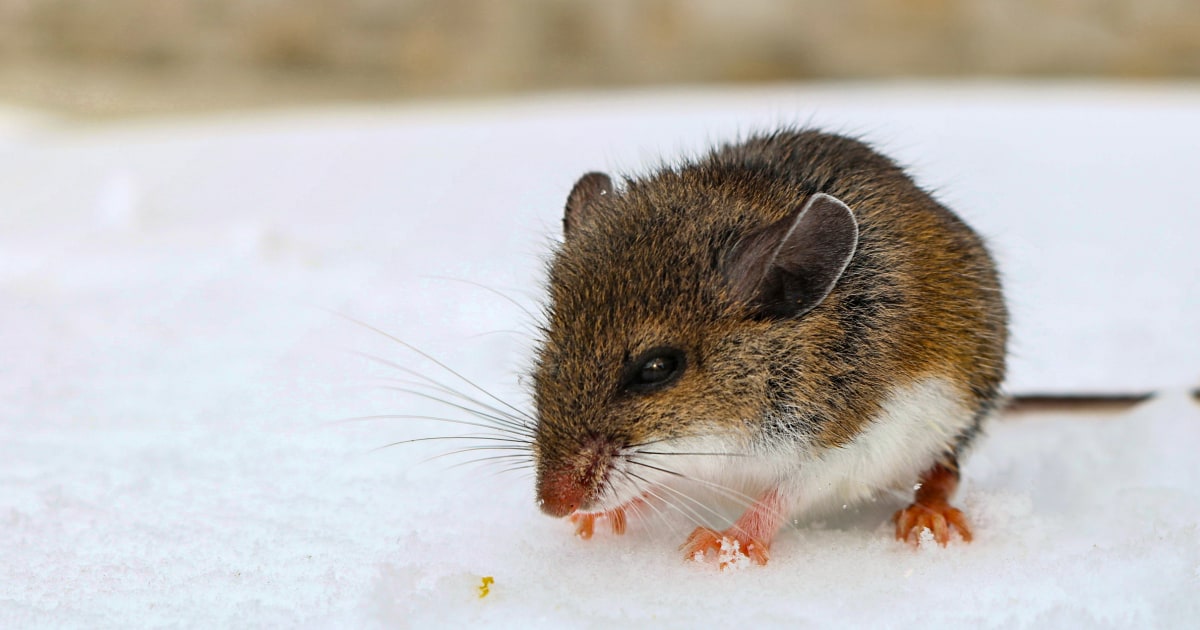
Arizona public health officials are warning that hantavirus, a virus spread by rodents to humans, is causing an increase in a potentially fatal lung syndrome. There have been seven confirmed cases and three deaths in the past six months, according to a recent health alert.
Most cases of hantavirus are reported in the Western and Southwestern United States. Most states, including California, typically report one to four cases a year. Two people in California have been infected with hantavirus this year.
There’s no specific treatment or vaccine to protect against the infection.
Arizona has one of highest total number of reported infections of hantavirus in the U.S., according to the Centers for Disease Control and Prevention.
From 2016-2022, there were 11 hantavirus cases in Arizona — four in 2016, two in 2017, four in 2020 and one in 2022, according to the Arizona Department of Health Services.
“Hantavirus is a rare but important cause of serious, even fatal respiratory infection,” Dr. Aaron Glatt, chief of infectious diseases at Mount Sinai South Nassau Hospital on Long Island, New York, said.
“It is transmitted by various rodents, especially the deer mouse, and can cause mild disease, but it does cause fatal illness in a significant percentage of people who acquire this illness,” he said.
In addition, San Diego County is reporting higher activity in rodents infected with hantavirus this year, with 17 cases of western harvest mice infected with hantavirus. Overall, hantavirus activity can fluctuate year to year and doesn’t appear to be more than usual in the U.S. this year, the California Department of Public Health said.
Why are Arizona cases increasing?
The CDC has reported 850 cases from 1993 to 2021, or roughly 30 cases a year.
Trish Lees, public information officer at Coconino County Health and Human Services, said the increase in Arizona cases may be due to changes in rodent populations, which can fluctuate seasonally and yearly.
Although cases can happen anytime, they occur more in the summer because of increased rodent activity and people coming into contact with rodents more often, because they’re outside more and entering enclosed spaces such as a shed or barn, Lees said.
“Weather can influence hantavirus occurrence in complicated ways — for example, heavy spring rains might increase food resources for deer mice resulting in an increase in the rodent population — but there has been no connection shown between extreme heat and increased hantavirus activity,” the California public health department said.
Experts speculate climate change, such as the extreme heat waves that are sweeping across the county, may be partly to blame.
Dr. Camilo Mora, professor in the department of geography and environment at the University of Hawaii at Mānoa, says people aren’t the only ones who seek shelter when it gets really wet or hot outside. Other species also look for respite from the unkind weather — specifically mammals that carry pathogens.
His previous research found over half of infectious diseases that affect humans can be aggravated by climate change.
“Many carrying-disease species get on the move with climate change — so while for any specific case it is difficult to conclude the role of climate change, climate change has all the attributes to cause outbreaks of vector borne diseases,” he said.
Dr. Scott Roberts, associate medical director of infection prevention at Yale School of Medicine in New Haven, Connecticut, added that fluctuating environmental conditions may lead to changes in animal populations — so increases in the rodent population where hantavirus circulates will inevitably increase the risk of human exposure.
The hot weather may have also worsened the illnesses after people were infected because of dehydration or other factors, Glatt said.
Approximately 94% of hantavirus infections occur west of the Mississippi River, according to the CDC.
Symptoms of hantavirus
Particles containing hantavirus get into the air when urine, saliva or poop from deer mice are stirred up, leading to hantavirus pulmonary syndrome (HPS).
The syndrome was first recognized in 1993 after a mysterious illness infected members of a Navajo tribe who lived on the border of New Mexico and Arizona, according to a previous report. Approximately 80% of people who were infected died at the time.
Symptoms can appear one to eight weeks after an exposure to an infected rodent.
The illness is divided into two phases.
In the early phase of the illness, people may abruptly start to complain of nonspecific symptoms:
- Fever.
- Fatigue.
- Muscle aches — especially in the thighs, back and shoulder.
- Nausea, vomiting and abdominal pain.
Left untreated, the illness can become more severe, infecting the lungs where it causes fluid to “leak” through blood vessels, leading to fluid filling up in the respiratory tract, and causing shortness of breath, chest tightness and cough, according to the American Lung Association.
Approximately 38% of people who develop lung symptoms may die from the disease.
How to prevent hantavirus
“The best way to prevent infection with this illness is by carefully disinfecting and cleaning up any waste products from the rodents and by not coming into contact with them,” Glatt said.
The Wyoming Department of Health warns to be cautious during spring cleaning. The department has not seen any unusual activity so far this year among its residents in the state, a public information officer confirmed.
The risk can increase when opening or cleaning cabins, sheds, barns or storage buildings in rural areas that have been closed for the winter and where deer mice have entered, experts say.
In 2012, at least 10 people were sickened and three died during an outbreak of hantavirus among overnight visitors who stayed in tent cabins in Yosemite National Park.
When entering a place that’s been closed and unoccupied for a long time, take care to air out the space for 30 minutes, the Wyoming Department of Health warns.
If the space is very dirty or full of mice, take extra care by wearing gloves, shoe covers, coveralls and N95 masks before cleaning.






